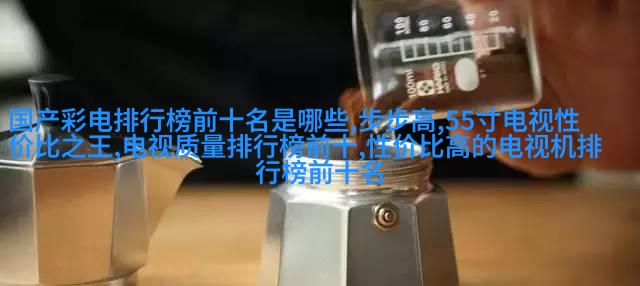嵌入式工程我是如何用一颗小小的芯片让家里的灯光跟随音乐节拍的
在我家里,生活的每一个角落都充满了科技的痕迹。从智能音箱到自动洗碗机,再到智能家居系统,每一项设备都让我们的日常生活变得更加便捷和高效。但当我想要将这些技术融合起来,创造出更有趣、更贴近我们生活的一些小物件时,我就不得不深入学习嵌入式工程。

嵌入式工程,这个词听起来很专业,但实际上,它只是指将计算机硬件与软件集成到特定设备或产品中的过程。这意味着,无论是手机、汽车还是家用电器,只要它们内部含有微型处理器和运行程序,就可以被称作是嵌入式系统。在我的故事中,我决定尝试一次,将这个概念应用于最简单的家庭用品——灯泡。
想象一下,如果你的灯光能够跟随音乐节拍跳动,那会是什么感觉?这不仅是一个科技挑战,更是一次艺术实验。我开始寻找合适的小型电子组件,比如单片机(Single-Board Computer),它既能控制灯光,也能响应外部信号。在网上的论坛和社区中,我发现了一种名为“Arduino”的开源平台,它提供了丰富的资源和工具,让初学者也能轻松地进行项目开发。

Armed with my new Arduino board, I set out to create a musical lamp. The first step was to connect the LED lights to the board, which would allow me to control their brightness and color. Next, I connected a microphone input, so that the lamp could detect sound waves from nearby speakers or music players.
With these basics in place, I began experimenting with different code snippets and libraries available on the Arduino platform. After several trial runs and adjustments, my musical lamp started responding to music beats by changing its color and intensity.

The final result was nothing short of magical: as my favorite tunes played through speakers near my living room table lamps began pulsating in time with the rhythm. It was more than just an interesting gadget; it brought together technology and art in a way that made our home feel even more special.
Through this simple yet engaging project, I gained valuable insights into the world of embedded systems design. From understanding how sensors interacted with microcontrollers to tweaking code for optimal performance – each challenge pushed me further along on this fascinating journey.

In conclusion, whether you're an engineering student looking for hands-on experience or simply someone eager to explore new hobbies like DIY electronics projects – embedding yourself (pun intended) into learning about embedded systems can lead you down exciting paths full of creative possibilities!



